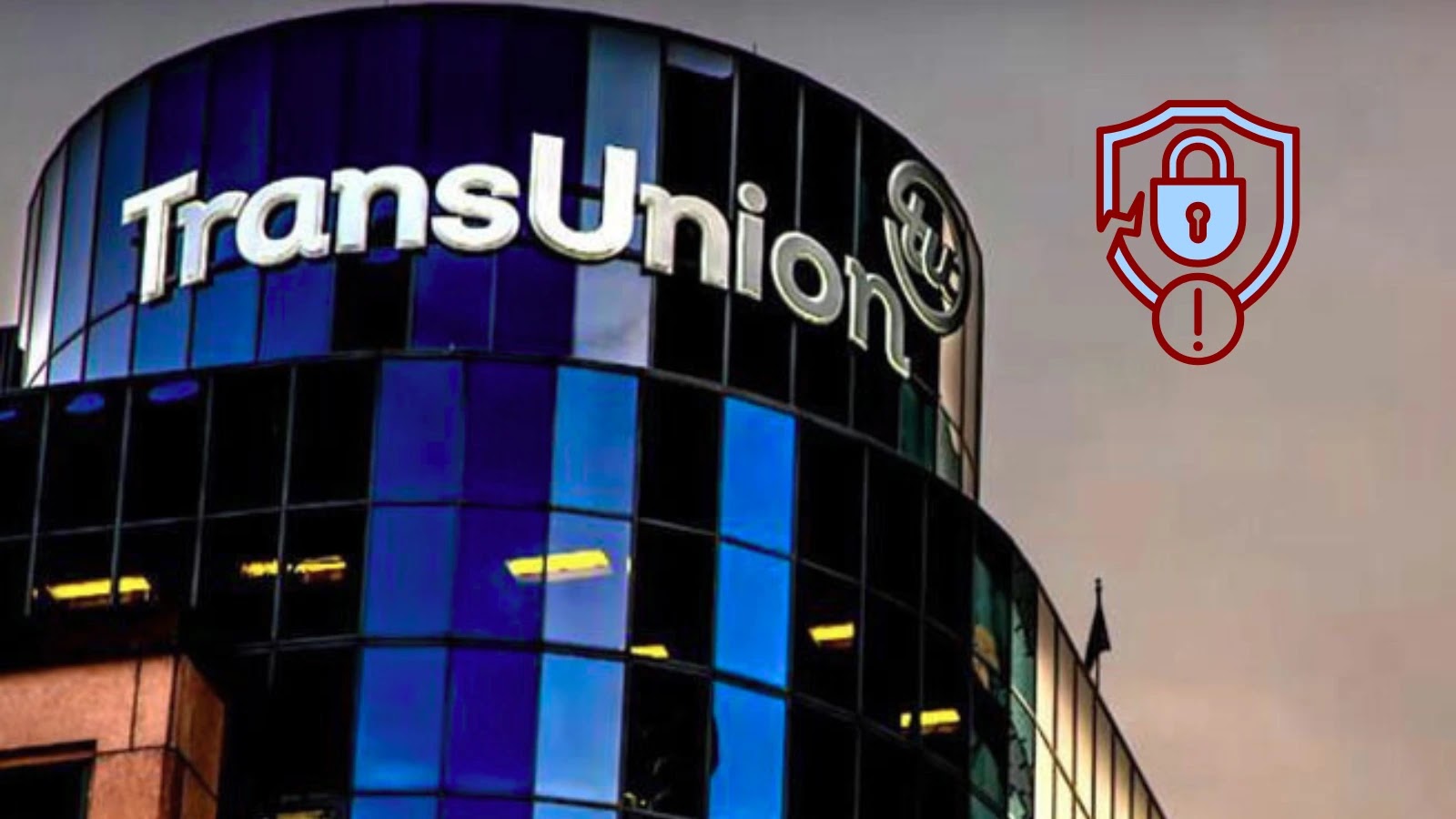
TransUnion Hack Exposes 4M+ Customers Personal Information
TransUnion Hack Exposes 4M+ Customers: A Deep Dive into the Latest Data Breach
The digital landscape is a minefield, and even the most trusted institutions are not immune to sophisticated cyberattacks. TransUnion, one of the three major credit reporting agencies in the United States, recently disclosed a significant data breach, compromising the personal information of over four million U.S. customers. This incident underscores the persistent and evolving threats facing consumer data and highlights the critical need for robust cybersecurity measures, even in third-party applications.
The Breach Unpacked: What Happened?
On July 28, 2025, TransUnion confirmed unauthorized access to data stored on a third-party application. While specific details regarding the exploit used in this particular incident have not been fully disclosed, such breaches often stem from vulnerabilities within the third-party software itself, misconfigurations, or compromised credentials. The mere fact that sensitive customer data, including personal identifiable information (PII), was accessible through a third-party application emphasizes the cascading risk associated with supply chain vulnerabilities.
Credit reporting agencies are custodians of incredibly sensitive data, including social security numbers, addresses, financial histories, and more. A breach of this magnitude can have severe and lasting consequences for affected individuals, ranging from identity theft and financial fraud to significant emotional distress. The incident serves as a stark reminder that an organization’s security posture is only as strong as its weakest link, often found within its extended vendor ecosystem.
Understanding Supply Chain Risk in Data Breaches
This TransUnion incident exemplifies the growing threat of supply chain attacks. A supply chain attack occurs when a threat actor gains access to an organization’s systems or data by exploiting vulnerabilities in an external partner, supplier, or service provider. In this case, the compromise of a third-party application was the vector for the TransUnion breach. This attack vector is particularly insidious because organizations often have less direct control over the security postures of their third-party vendors.
- Increased Attack Surface: Each vendor integrated into an organization’s operations expands the potential entry points for attackers.
- Limited Visibility: Organizations often lack full visibility into the security practices and compliance of their third-party providers.
- Interconnected Systems: Modern IT environments are highly interconnected, meaning a compromise in one part of the ecosystem can quickly spread.
Remediation Actions for Individuals and Organizations
For individuals affected by the TransUnion breach or any data compromise, immediate action is crucial:
- Monitor Credit Reports: Regularly check credit reports from all three major bureaus (TransUnion, Experian, Equifax) for any suspicious activity. Utilize free annual credit reports available at www.annualcreditreport.com.
- Enable Credit Freezes/Fraud Alerts: Consider placing a credit freeze on your credit files. This restricts access to your credit report, making it harder for identity thieves to open new accounts in your name. Alternatively, place a fraud alert, requiring creditors to verify your identity before extending new credit.
- Review Financial Statements: Scrutinize bank and credit card statements for unauthorized transactions. Report any discrepancies immediately.
- Change Passwords: If you use the same or similar passwords across multiple services, change them, especially for financial accounts and email. Use strong, unique passwords or a reliable password manager.
- Enable Multi-Factor Authentication (MFA): Where available, enable MFA on all online accounts. This adds an extra layer of security beyond just a password.
For organizations, this incident highlights the imperative for a robust third-party risk management program:
- Comprehensive Vendor Assessment: Conduct thorough security assessments of all third-party vendors, including their cybersecurity policies, incident response plans, and compliance certifications.
- Regular Audits and Monitoring: Implement continuous monitoring and periodic audits of third-party security controls.
- Strong Contractual Agreements: Include stringent security and data protection clauses in all vendor contracts, clearly defining responsibilities and liabilities.
- Data Minimization: Store only the data absolutely necessary with third parties and ensure it is adequately encrypted, both in transit and at rest.
- Incident Response Planning: Develop and regularly test incident response plans that specifically address third-party breaches, including communication protocols and data recovery strategies.
Tools for Third-Party Risk Management and Security Posture Monitoring
Organizations can leverage a variety of tools to enhance their third-party risk management and overall security posture:
| Tool Name | Purpose | Link |
|---|---|---|
| Bitsight Security Ratings | Continuous security performance monitoring of vendors. | https://www.bitsight.com |
| SecurityScorecard | Quantifies the security posture of an organization and its vendors. | https://securityscorecard.com |
| Panorays | Automated third-party security risk management platform. | https://www.panorays.com |
| Nessus (Tenable) | Vulnerability scanning for internal and external assets, including potential third-party connections. | https://www.tenable.com/products/nessus |
| ThirdPartyTrust | Streamlines third-party risk assessments and due diligence. | https://www.thirdpartytrust.com |
Key Takeaways from the TransUnion Breach
The TransUnion data breach is a stark reminder that no entity, regardless of its size or reputation, is immune to cyber threats. The compromise through a third-party application underscores the critical importance of a holistic cybersecurity strategy that extends beyond an organization’s direct infrastructure to encompass its entire supply chain. Proactive monitoring, rigorous vendor vetting, and robust incident response plans are not merely best practices; they are essential components of modern data protection. For individuals, vigilance remains the best defense against the potential fallout of such breaches.





